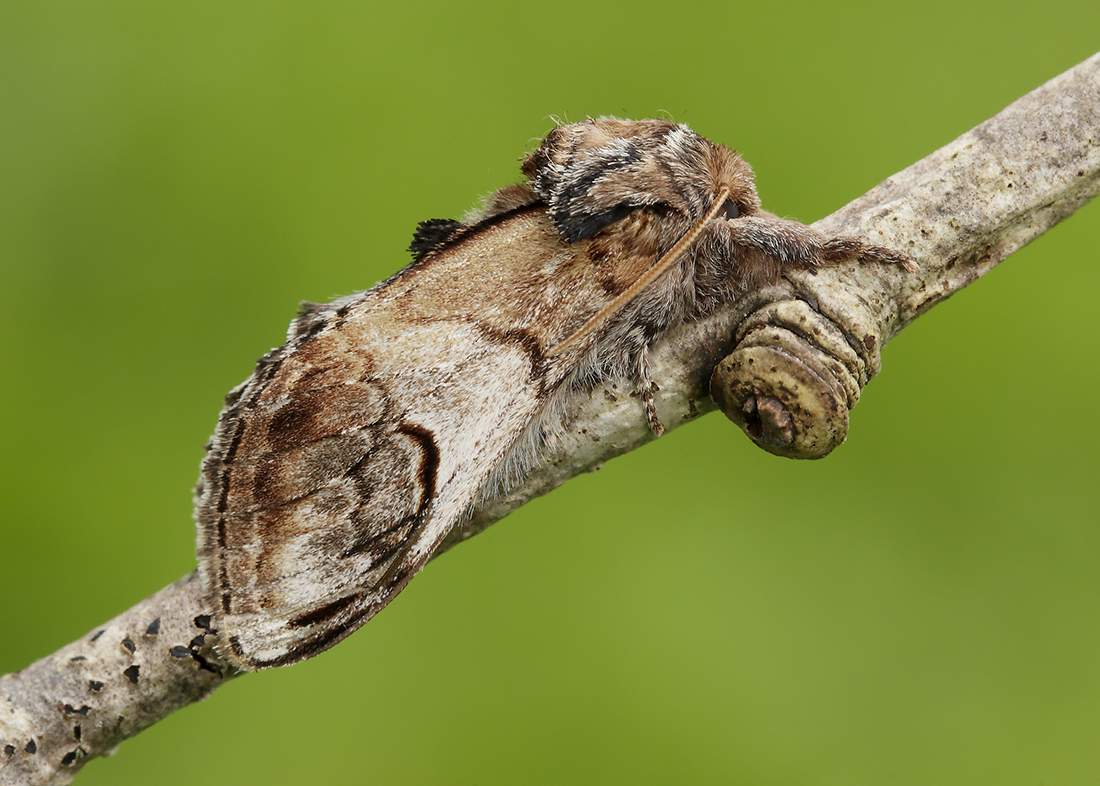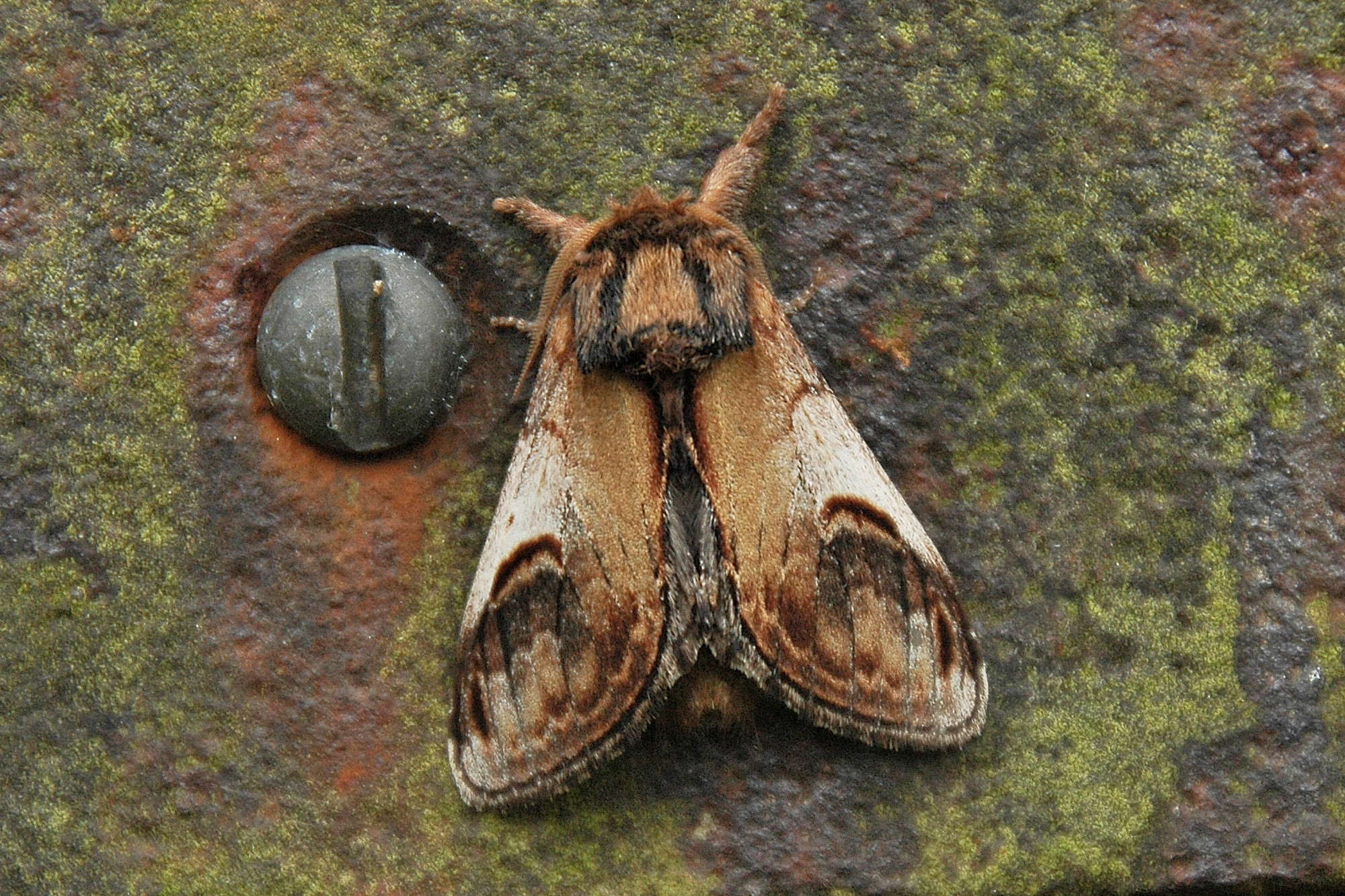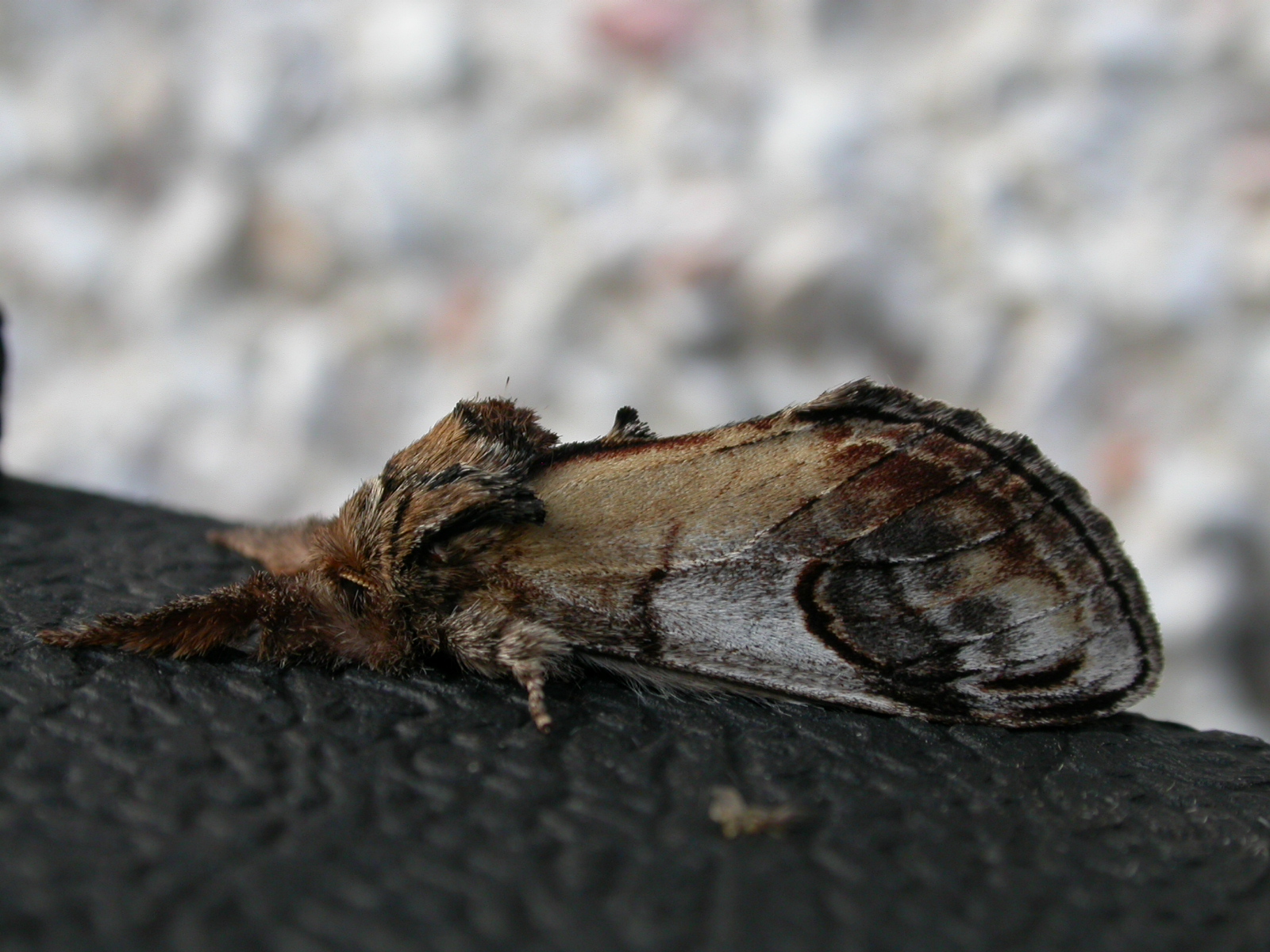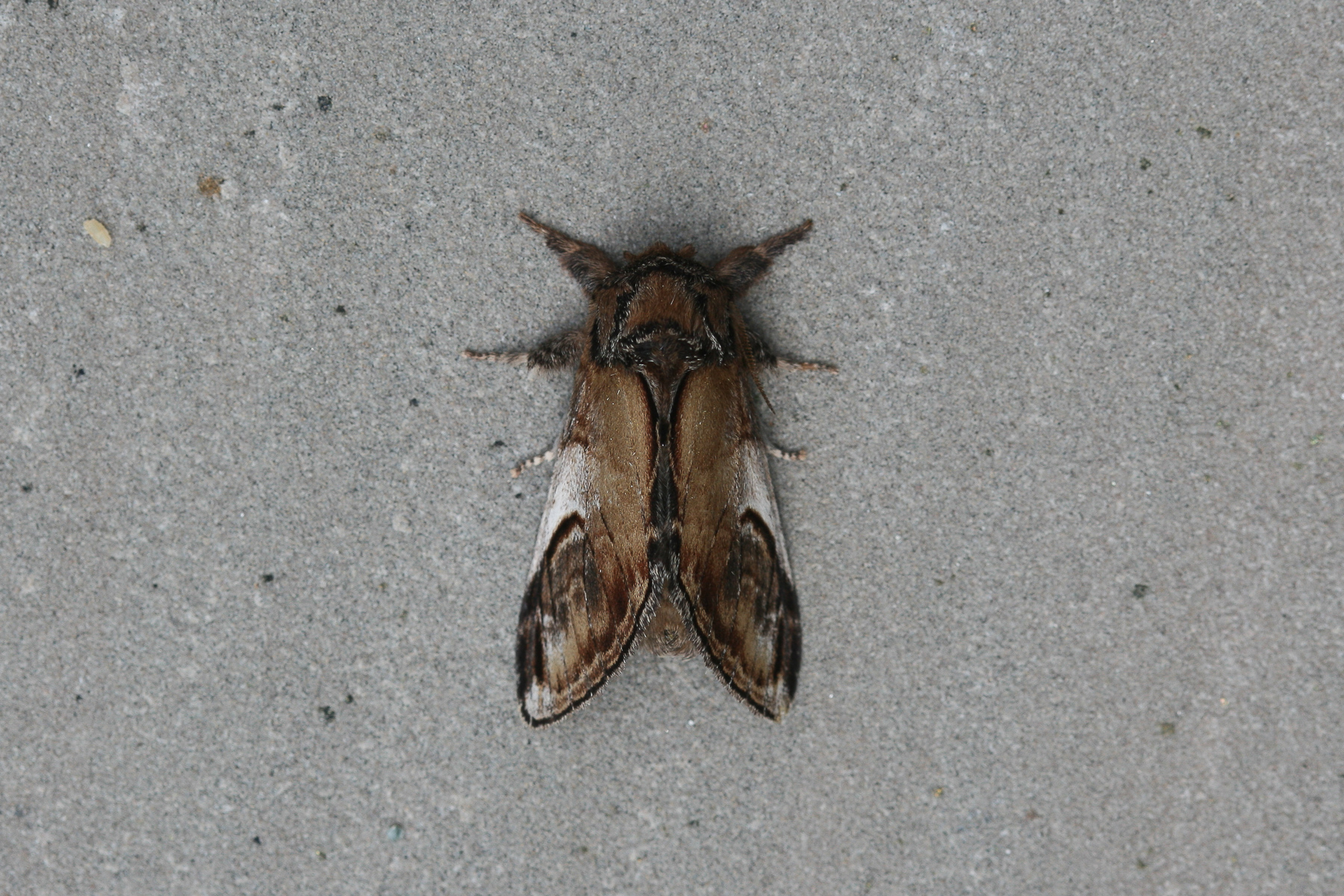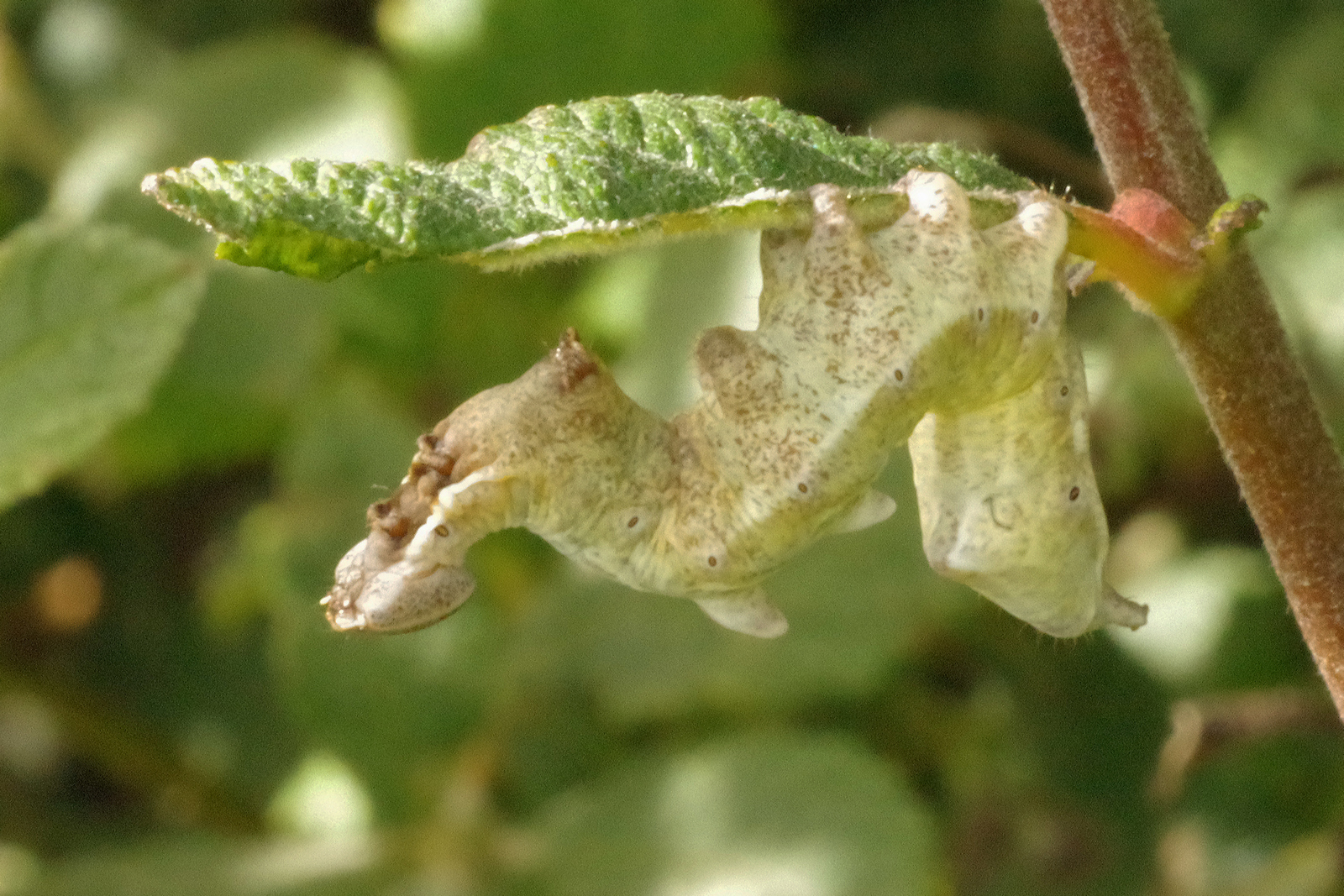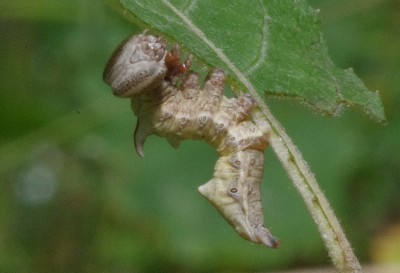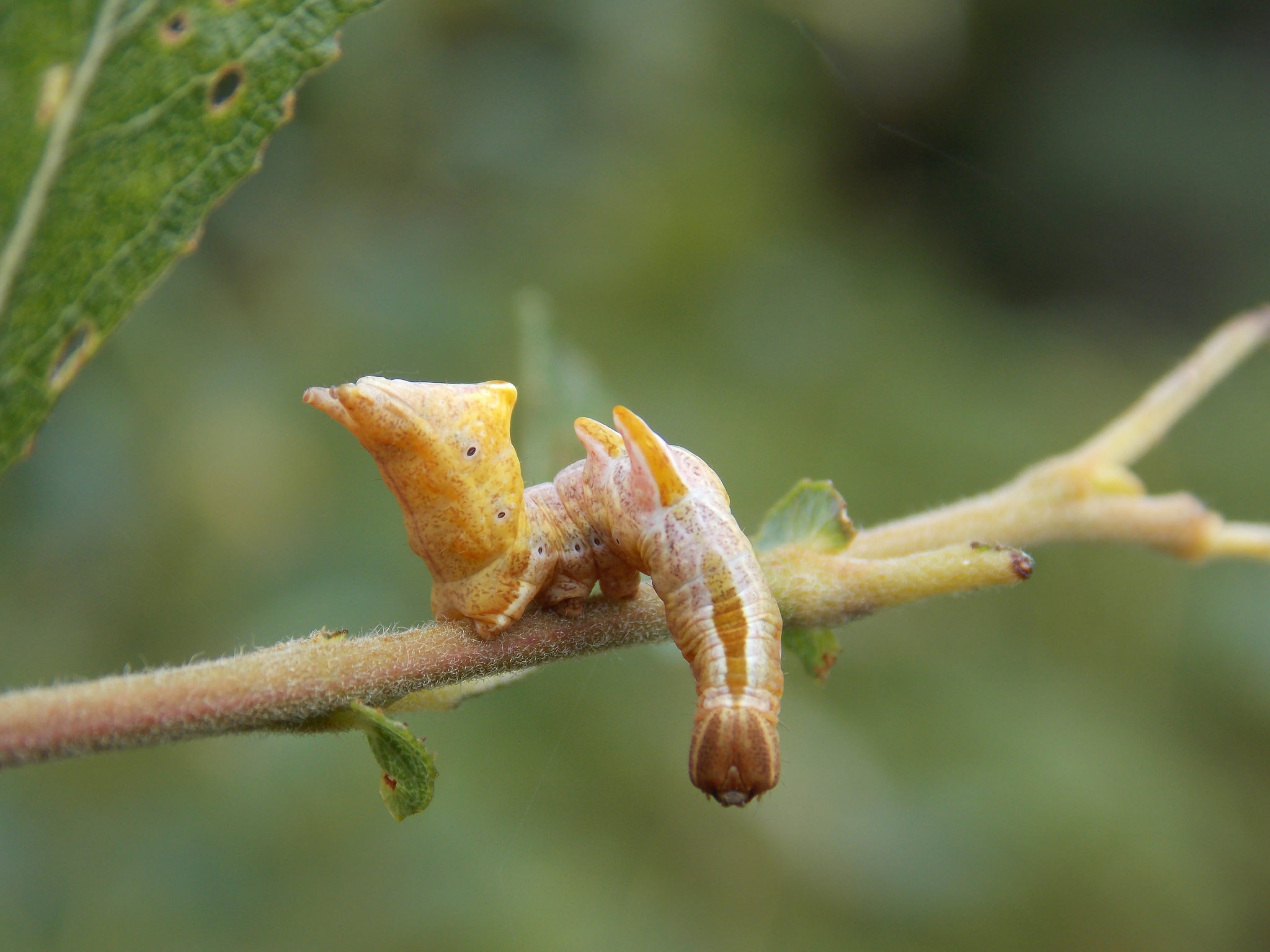Identification
The large pebble-like blotch at the apex of the forewing makes it unmistakable.
Recording Method
Comes to light.
Life cycle
Probably two overlapping generations. Overwinters as a pupa underground. Larvae are present June to July, again, from the middle of August to late September.
Larval foodplants
Aspen, poplars, sallows and willows.
Habitat
A wide variety of habitats, wherever the foodplants grow.
History
Lennon (1860) had stated that he had bred 30 on, presumably from larvae he had collected from around Dumfries whilst out rambling. By (1863) Lennon had stated that he had found it at Tinwald Downs and Terregles Meadows. Douglas Robinson (1871) had found three larvae on sallow during August, 1870, around Almorness, where he lived. R. S. Gordon (1913) had found it common in the larval state on poplar, sallow and alder. The imago being taken flying after dark at Corsemalzie, where he lived, on 19th June 1897.
During 1914, William Evans during his research on insect migration at Scottish lighthouses, received two specimens from D. A. Mowat, keeper at Killantringan lighthouse (VC74) that he had captured on 30th April and the other during June.
Sir Arthur Duncan (1909-84) during his lifetime had found it at Closeburn, Tynron and Castlehill, Dumfries (all VC72). Pelham-Clinton on one of his visits had found it during the mid-1960s at Caulkerbush and Kirkbean.
During 1976-82 four of the Rothamsted stations recorded just thirty records. But it was trapped on the Hensol Estate regularly during the early 1980s.
From 1992 to 2010 there were 220 records from widely scattered sites across the region, but the regular trapped sites at Kirkton and Cally Woods provided good numbers.



